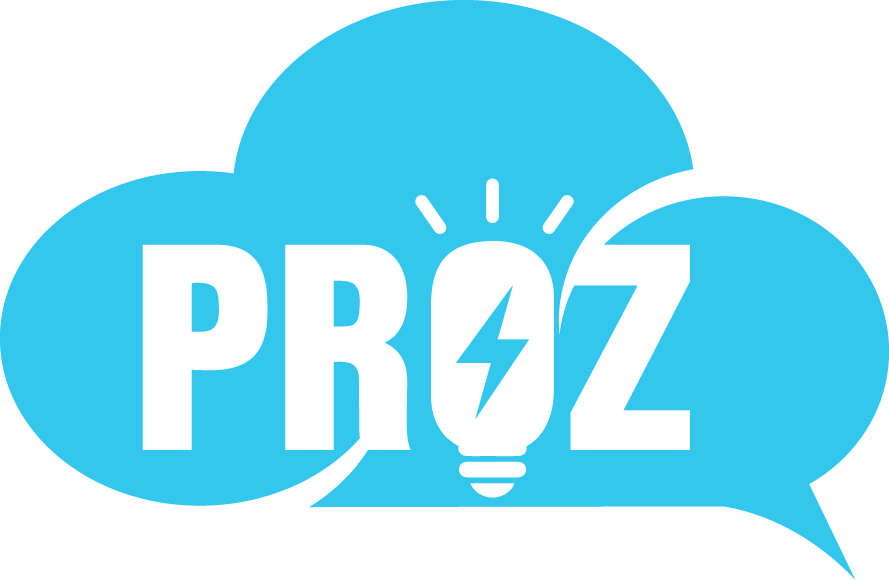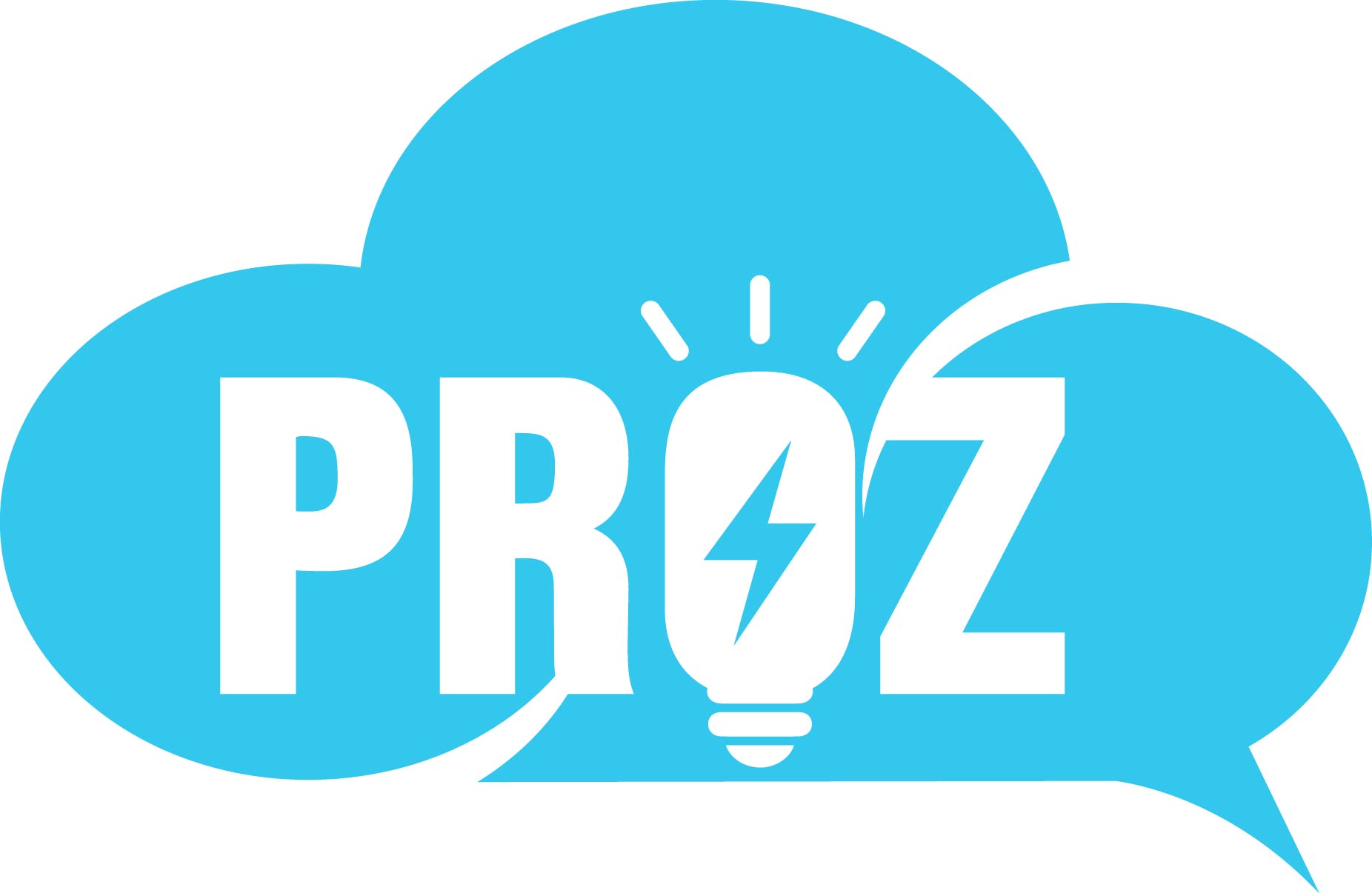With 64% of sales reps expected to miss quota this year and 85% having fallen short last year, businesses can no longer rely on traditional sales tactics alone. Learning how to generate leads is just one part of the equation to increase sales — success hinges on converting those leads into long-term customers and fostering relationships that drive long-term growth.
In this article, we’ll explore actionable ways to refine your sales strategy, how to increase sales, and create a foundation for lasting success. Whether you’re upgrading your current process or looking for fresh techniques, these are the best methods to set you up for a successful year.
What you’ll learn:
Drive pipe faster with a single source of truth
Discover how Sales Cloud uses data and AI to help you manage your pipeline, build relationships, and close deals fast.


Why increasing your sales matters
When you increase sales, you generate more revenue. That opens the door to growth, fuels innovation, and gives you the resources to better serve your customers.
For businesses of all sizes, sales numbers can be the difference between simply staying afloat and steering toward something bigger. Increasing sales brings in funding to test ideas, explore new markets, and hire the top-notch employees. It also lets you impress customers in new ways — like providing faster support with bigger teams or improved solutions from better research and development.
Strategies for increasing your sales
The best sales strategies are simple, focused, and designed to make an impact without unnecessary complexity. Let’s explore the most effective sales tactics that help you sell smarter and grow faster.
Set realistic sales goals
Setting the wrong sales goals is like speeding with a broken GPS — you’re moving, but in the wrong direction. The S.M.A.R.T. framework fixes that, ensuring goals are Specific, Measurable, Achievable, Relevant, and Time-bound so your team knows exactly what to aim for and how to get there. Make these goals actionable with a balance of activity key performance indicators (KPIs) and outcome metrics. Activity KPIs track the day-to-day work (such as calls made, emails sent, and meetings booked). Outcome metrics focus on results (like revenue generated, deals closed, and win rates).
To make sure goals are realistic, they should be grounded in historical performance data, current market conditions, and team capacity. Then, make a habit out of regularly reviewing and adjusting your targets as needed. This might look like quarterly check-ins to allow you to respond to market changes, or even bi-monthly reviews if you’re in a fast-paced industry.
Craft a compelling value proposition
Effective messaging is central to how to sell better— and creating a strong value proposition starts with focusing on your customer. Here’s how:
- Focus on benefits — not just features: Think about what truly matters to them: is there a pressing problem they need to solve? Are they motivated more by emotional needs or physical ones?
- Focus on what sets your solution apart: Highlight what differentiates you from the competition.
- Consider the intangibles: Use language and tone that mirrors how your customers talk about their goals and challenges. Even small adjustments — like saying “clients” instead of “customers” — can make your value proposition feel more aligned with their world.
- Provide proof: Don’t forget to build credibility and keep it simple. Credibility can come from data points, case studies, or customer wins, while simplicity ensures your message is clear and easy to understand.
- Use templates to personalize the message: A great framework to follow is: “We help [target market] achieve [specific outcome] without [common objection].” For example, “We help small businesses grow their customer base without increasing their marketing budgets.” A clear, customer-focused value proposition not only communicates your unique value but also sparks curiosity and invites deeper conversations.
Get to know your customers better
Start by analyzing sales call transcripts. AI-powered tools can quickly identify common pain points, objections, and recurring themes. Customer interviews are another powerful tool, providing direct insights into why buyers choose your business and what keeps them coming back.
Beyond direct conversations, observe where your audience engages online — forums, Slack groups, and social media reveal valuable, unfiltered discussions. Finally, immerse yourself in their world by consuming the content they trust, from blogs and podcasts to industry influencers. The more you understand their priorities, language, and challenges, the better you can position your offerings to resonate and drive sales.
Leverage the sales funnel model
The sales funnel represents the customer journey from awareness to purchase, helping businesses understand where prospects drop off and how to guide them toward conversion. It typically consists of four stages: awareness, interest, decision, and action.
By leveraging the funnel, businesses can identify weak points and optimize each stage to move leads smoothly toward a sale. For example, if you notice a high drop-off rate between the interest and decision stages, you might introduce a free trial, personalized demos, or stronger case studies to reinforce value and reduce hesitation.
To learn how to increase sales, apply the strategies from this guide to each funnel stage. In the awareness stage, content marketing and SEO help attract potential customers, while the interest stage benefits from lead nurturing through email sequences and targeted ads. The decision stage is where social proof, customer testimonials, and competitor comparisons can reinforce confidence, and in the action stage, streamlined checkout, limited-time offers, or one-click upsells can close the deal.
Offer multiple payment options
Customers expect flexibility at checkout. Expanding payment methods ensures a frictionless buying experience and higher conversion rates (and boosting sales). It makes sense why over 85% of merchants plan to accept new alternative payment methods (APMs) within the next one to three years.
This shift is driven by consumer demand for convenience and flexibility at checkout. By integrating APMs such as digital wallets, Buy Now Pay Later (BNPL) services, and direct bank transfers, you cater to diverse customer preferences, potentially increasing conversion rates and reducing cart abandonment.
Offering a variety of payment methods can also reduce transaction costs. For instance, APMs like direct bank transfers often have lower processing fees compared to traditional credit card payments. Additionally, accommodating international customers by supporting local currencies and region-specific payment methods can expand your market reach.
Develop a referral program
A great referral program doesn’t just bring in new customers, it also strengthens loyalty with existing ones. To make a referral program work, you need to offer a compelling incentive. This could be cash rewards, account credits, discounts, or exclusive perks. The key is aligning the reward with what motivates your audience.
To drive participation, make referrals seamless — provide a unique referral link, pre-written social media posts, or email templates customers can easily share. Highlight the program throughout the customer journey on thank-you pages, in email signatures, and during onboarding. Track referral performance to fine-tune incentives over time.

Thanks, you’re subscribed!

Advanced techniques to increase sales
Let’s take things up a notch and move beyond the fundamentals. From prioritizing effective one-on-one meetings to coaching reps, here are some advanced strategies to drive growth.
Focus on coaching
One of the most effective ways to grow sales with existing resources is by improving the performance of your sales team.
Regular, structured one-on-ones keep reps focused and accountable. These meetings should follow a clear format—start with rapport to build connections, review previous commitments to reinforce accountability, and then dive into the numbers. Analyzing key performance metrics helps identify progress, gaps, and areas for improvement. From there, cover any stalled deals and challenges, coaching reps through roadblocks and brainstorming strategies to keep momentum going.
Tools like Agentforce provide personalized sales role-plays that help reps refine their pitching, objection handling, and negotiation skills. By tailoring these simulations to real deals and grounding feedback in CRM data, sales teams receive insights into how to actually improve performance. Leaders can then measure the direct impact of coaching by analyzing win/loss rates, ensuring that every training effort translates into tangible sales growth.
Provide value through web content
Web content establishes credibility and positions you as a trusted advisor. A 2024 Pew Research Center study found that 58% of U.S. adults prefer getting their news from digital devices, while only 4% prefer print and 6% prefer radio. This is critical, because buyers are more skeptical now than ever before. They’re wary of big promises and sales pitches, often delaying decisions as they evaluate options across multiple channels.
Whether it’s blog posts, podcasts, or videos, valuable content demonstrates expertise and helps buyers feel more confident in engaging with your company. For example, CEOs who develop personal brands through thought leadership — like speaking on podcasts or sharing insights on LinkedIn — create a level of trust that goes beyond the product or service. Buyers see them as knowledgeable and authentic, which increases the likelihood of choosing their company when it’s time to make a purchase.
Content also nurtures relationships at scale. A well-crafted article or insightful video can engage prospects long before they’re ready to speak with a salesperson. It allows them to explore your company’s offerings, understand your expertise, and connect with your brand. This connection becomes even more crucial in a world where poorly prepared salespeople or surface-level conversations can erode trust. Content acts as the bridge that keeps buyers engaged while building their confidence in your company’s ability to deliver.
By creating content that educates, inspires, or solves problems, you’re addressing their concerns before they even speak to a salesperson. This builds a stronger foundation of trust, shortens sales cycles, and makes it easier for your team to close deals.
Optimize your sales territories
Optimizing your sales territories means you’re making sure reps are selling in the right places, to the right people, without stepping on each other’s toes. It’s about balancing workload, cutting down on wasted time (like excessive travel or chasing low-value leads), and making sure high-potential customers get the attention they need to close more deals.
If sales are stagnating despite market demand, some reps are overloaded while others lack enough opportunities, or customer needs have shifted due to market changes, it’s time to reassess your territories. Focus on two key factors: industry and location. Creating industry-specific territories allows reps to specialize, using tailored playbooks and messaging to address customer needs effectively. Similarly, adjusting territories by location ensures coverage in areas with the highest demand.
Negotiate price with decision-makers
If you want to increase sales, you need to get better at closing — and that starts with strong negotiation skills.
When negotiating price, the first rule is simple: make sure you’re speaking with the actual decision maker. Offering discounts to someone who isn’t authorized to finalize the deal often leads to stalled conversations or wasted effort. If you’re confident you’re negotiating with the right person and price becomes the sticking point, the next step is to discover the “why” behind the ask. Instead of immediately agreeing to a discount, ask questions like, “What’s driving this request?” or “What would happen if we couldn’t meet this price?” This approach helps uncover the real concerns and ensures price is truly the final hurdle.
Once you confirm that price is the only barrier, don’t give discounts without getting something in return. This principle of give-and-take negotiation ensures both parties benefit and positions your company to generate greater revenue in the long run. If a customer pushes for a lower price, negotiate for a longer commitment or expanded scope — for instance, dropping the price in exchange for a multi-year contract. This trade-off increases overall deal value while maintaining profitability. Finally, before making any concessions, confirm that price is the last objection by asking, “If we agree to X price point, do you see any other reason that would hold us back from partnering together?” This level of precision ensures you’re not leaving money on the table and protects your brand’s value.
Monitor sales analytics
To increase sales, you need to understand what’s driving wins and what’s causing deals to stall. Tracking lead conversion rates, average deal size, and sales cycle length helps identify patterns in performance and uncover areas for improvement. If conversion rates drop, review where deals are getting stuck. If sales cycles are dragging, analyze engagement data to refine follow-ups and improve timing. Real-time analytics and forecasting tools make it easier to prioritize high-value opportunities and allocate resources effectively. Automating reporting through a CRM ensures teams always have up-to-date insights without manual tracking.
Bundle your offerings
Bundling is the practice of packaging related products or services together at a combined price, making it easier for customers to get everything they need in one purchase. A software company might bundle project management, time tracking, and reporting tools like how an e-commerce brand could pair a laptop with a case and accessories.
Bundling is less about discounts and more about offering what customers actually need. Look at your sales data to see what’s frequently bought together, then test different bundle types including:
- Pure bundles: features or tools that are only available as part of a bundled package, like offering an advanced analytics suite that includes reporting, forecasting, and data visualization but isn’t sold separately.
- Mixed bundles: features that can be purchased individually or as a discounted bundle, like selling a CRM, email automation, and lead scoring separately but offering a lower price when bought together.
- Upsell bundles: discounts offered when customers upgrade or increase usage, like providing a price break when a customer moves from a basic plan to a premium plan with added integrations and support.
Join the Salesblazer movement
We’re building the largest and most successful community of sales professionals, so you can learn, connect, and grow.

Maintaining sales growth
Now that we’ve covered all the methods for driving sales, let’s explore how to keep the momentum going.
Take feedback seriously
Treat your sales process like a product in constant beta.
Regularly iterating and adjusting based on feedback keeps your team agile and focused on the metrics that matter most. Start by reviewing your sales goals and KPIs; are they aligned with evolving market trends and customer behaviors? Updating these metrics ensures your team is prioritizing efforts that deliver value, whether that means exploring new growth opportunities or addressing weak points in your strategy.
Sales analytics tools provide the feedback loop you need for these iterations. Use them to identify bottlenecks in your pipeline, high-performing reps or products, and areas where deals are stalling. Think of it like testing and pivoting. When the data shows friction, you can quickly adjust.
Leverage modern tools
Start with the basics: tools like customer relationship management (CRM) systems, sales enablement platforms, and sales engagement platforms. These are the workhorses that organize your customer data, automate follow-ups, and make sure no lead falls through the cracks. AI sales agents are digital assistants that can automatically engage with leads, answer questions, and even handle scheduling. What really takes automation from good to great is how it improves decision-making. AI-powered analytics help you understand trends and even predict customer behavior.
Foster cross-department collaboration
At the end of the day, losing fewer deals and reducing customer churn makes a big difference in your bottom line, and how your various departments work together has a big impact on the value your customers receive. Aligning your teams around a shared vision of the customer journey ensures every interaction feels seamless. Whether it’s refining how leads are passed from marketing to sales or improving the handoff from sales to customer success, alignment creates a smoother experience that helps retain customers and close more deals.
Not only does department collaboration help with paving a smooth path for the customer journey, but it also makes way for sharing insights and data between teams. For example, implementing shared dashboards allows marketing, sales, and customer success teams to operate from the same data, aligning on KPIs and identifying opportunities in real time.
Breaking down silos makes everyone’s job easier, from your boss all the way down to the customer.
Commit to growth, not just sales
Everyone wants to drive more sales, but seeing it happen requires investing in the right strategies to make it happen. True sales growth comes from rethinking the fundamentals: setting smarter goals, understanding your audience on a deeper level, and equipping your team with the tools and processes to thrive.
Businesses that win aren’t just selling; they’re innovating, building trust, and evolving alongside their customers. The question isn’t whether you want to grow, it’s whether you’re ready to invest in a game plan that will take you there.
Onboard fast, sell faster
See how Sales Cloud speeds up the sales cycle with data and AI, making you more efficient at every step.














